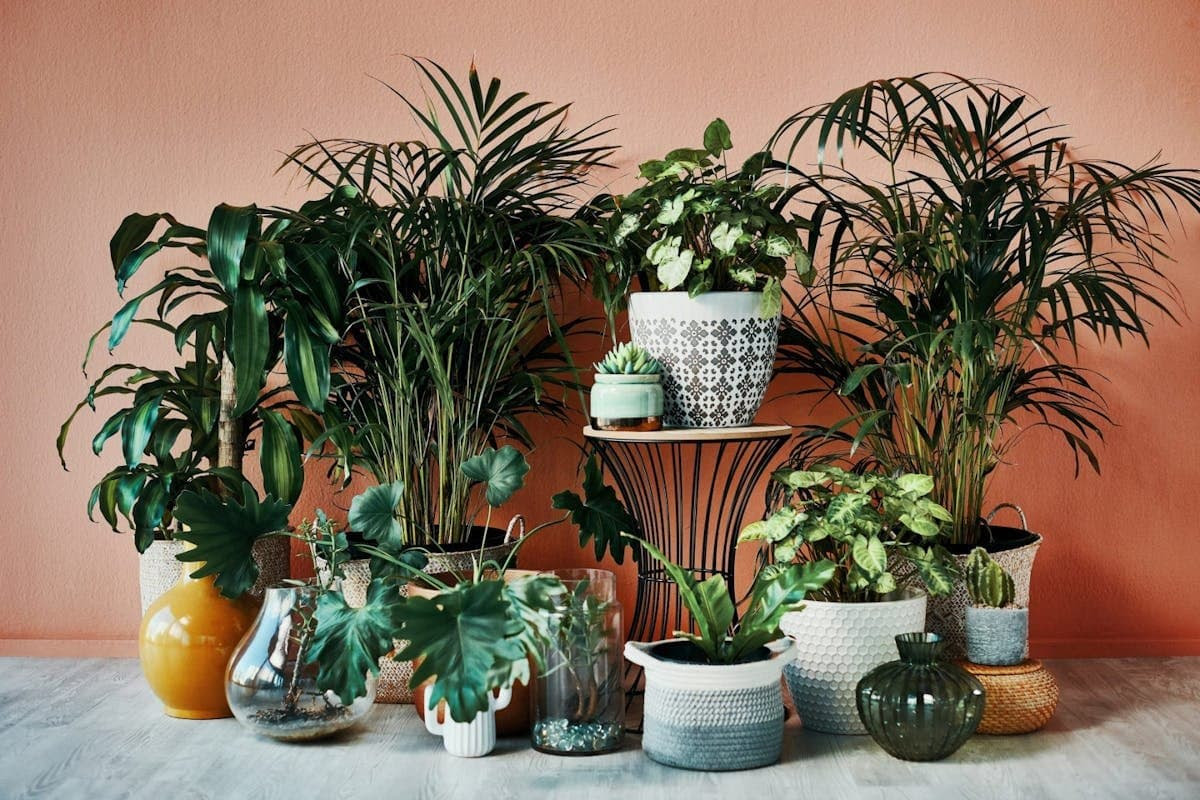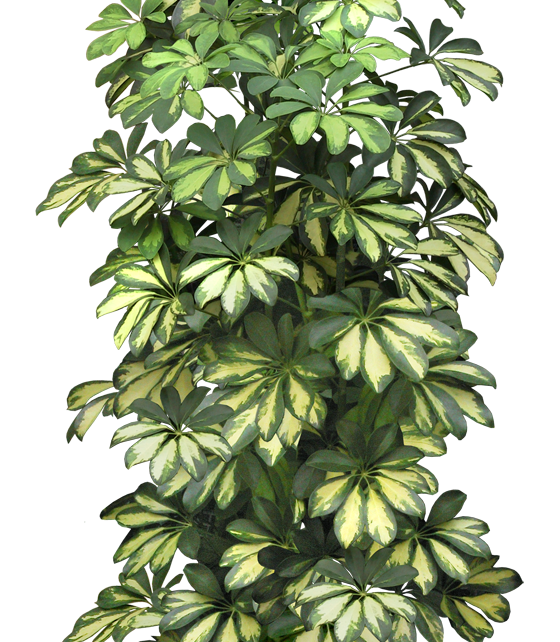
Photos by Getty Images
Although your plants can’t tell you what’s wrong, they’ll give you plenty of signs when something isn’t quite right in their care routine.
One such sign is curled leaves – when the outer edge of the leaf begins to curl or roll inwards towards the centre, exposing the underneath of the leaf in the process.
While no one wants to see their plant looking miserable, curled leaves are relatively easy to fix – so you don’t need to panic if you’ve noticed your plant’s leaves starting to turn.
In fact, unlike, many of the other problems your plant can face, curled leaves are often completely reversible. All you’ll need to do is address whatever is causing the leaves to curl and they should return to their former glory over the course of a week or so.
It’s worth noting that plants that like low to moderate light – like calatheas and philodendrons – have leaves that are more prone to curling, so you’ll want to pay particular attention to these if you’re lucky enough to have any in your collection.
Keep reading to check out three of the main reasons why your plant’s leaves might be curling and what you need to do to fix it.
1. Too much heat or light

One of the main reasons why a plant might be curling its leaves is simply because it’s been exposed to too much heat or light. While a plant needs both of these things to survive, different plant types will need different amounts.
“Plants can get heat stress from being exposed to too much direct light or heat – to counteract this, they try to conserve moisture by curling up their leaves,” explains Richard Cheshire, Patch’s plant doctor.
“Move the plant out of direct sunlight or intense heat and be sure to mist the leaves regularly to stop this from happening.”
Cheshire continues: “Try to keep your plants somewhere with a warm, even temperature – if a room is a comfortable temperature for you, it will be comfortable for the plant.”
This is something you’ll particularly want to keep in mind as we move towards winter and you think about switching on your heating – try to keep your plants away from radiators and other sources of heat to ensure they’re exposed to an even temperature.
2. Not enough water

In a similar way to reason number one, underwatered plants will curl up their leaves to conserve moisture – but there are also a number of key signs which will tell you when underwatering is the problem in particular.
“If underwatering is the problem then the leaves will look drier,” Cheshire explains.
“To fix this, feel the soil. If it’s bone dry, you should increase the frequency of watering. However, you’ll still only want to water when the top two inches of the soil feel dry.”
3. Ageing growth

While curling leaves are often a sign that your plant is experiencing a problem, that isn’t always the case – sometimes, the leaf itself is just getting old.
“If you’re seeing curling leaves near the bottom of the plant it probably just means they’ve completed their life cycle,” Cheshire explains.
“If this is the case, there’s nothing to worry about – you can snip off the odd wilted leave or flower, and this will encourage your plant to put its energy into new growth.”










